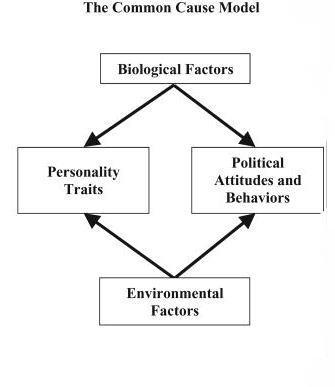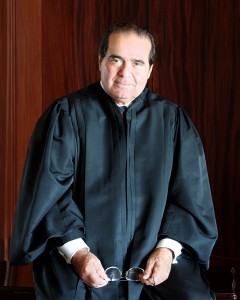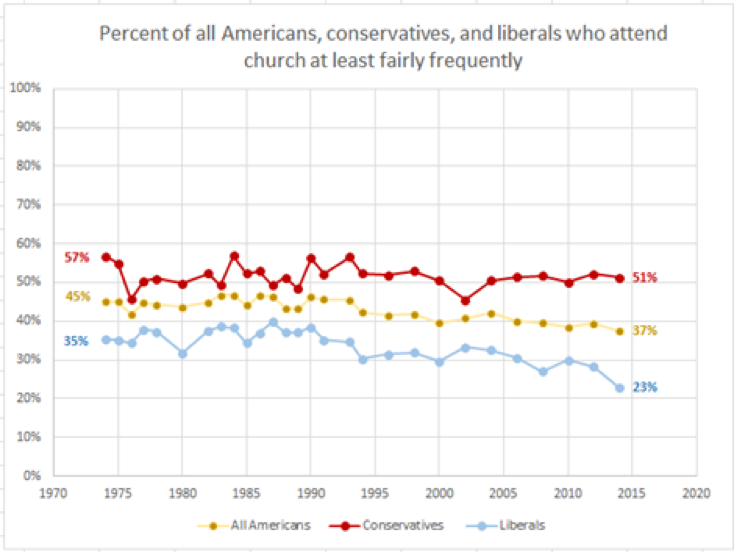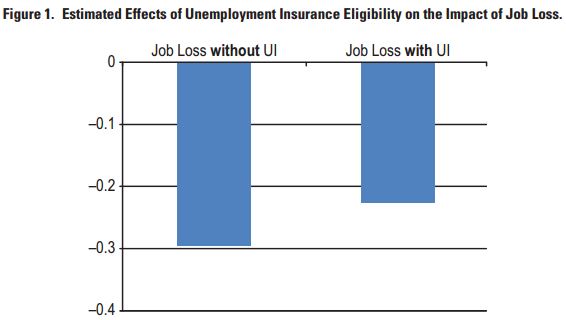Ten million working-age adults were receiving food stamp benefits in 2015, were not receiving disability benefits, and were not employed. This number of nonworking able-bodied adults is something that experts from both political parties agree.
And this nonwork is occurring during a time of low unemployment, when many employers are saying they can’t find workers.
Here is something else experts from the right and left agree on: Those nonworking Supplemental Nutrition Assistance Program (SNAP) recipients are almost certainly living in poverty, maybe even severe poverty, and are also prone to the significant health problems that come with nonwork and low income.
Challenging a large federal program (SNAP), which has successfully delivered needed assistance to poor families, to help out-of-work recipients find employment is a worthy objective and is part of what the Trump administration is trying to do with its proposals to reform the SNAP program.
To be sure, there are items of concern in the overall proposal: Reducing benefit levels and shifting costs to the states with broad flexibility could lead to increases in deep poverty and is a dramatic change to a long-standing federal commitment.
However, the proposed emphasis on increasing work is important and beneficial. The budget proposal would limit waivers from the work requirement that applies to able-bodied adults without children — a good idea.
The proposed cost shift to the states would be much better if it came with a carefully designed federal work requirement that both ensures that states are moving able-bodied adult recipients toward employment and prevents states from denying poor families assistance. Still, if these reforms succeed in forcing states to help (and push) SNAP recipients into employment, there is a reasonable chance they will reduce poverty.
That is why some liberal reactions to the administration’s budget, such as The New York Times editorial on the proposal, seem a little over the top. Yes, many SNAP recipients are working while they receive SNAP benefits, and yes, many are children, seniors, or disabled, and these pro-work efforts are not targeted at them.
But many of the nonworkers include able-bodied adults who are in need of more than just food stamp benefits, and focusing on ways to increase their income through earnings will help, not harm, them.
Republicans in Congress and the Trump administration should keep working to refine these SNAP reforms to maintain a focus on work for able-bodied adult recipients while carefully designing requirements so that states are not allowed to take actions that would increase deep poverty.












